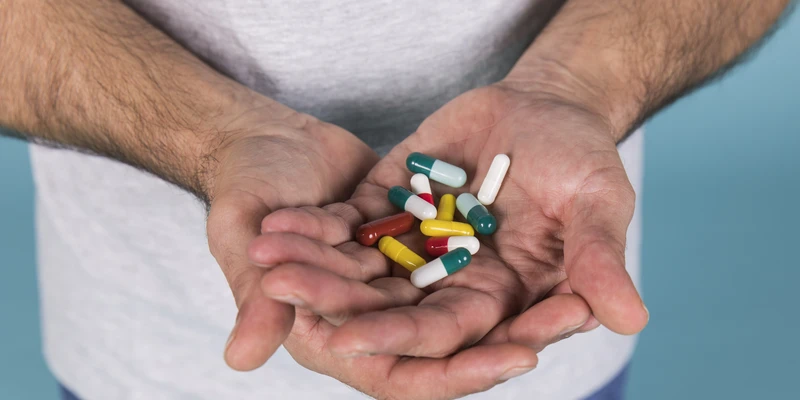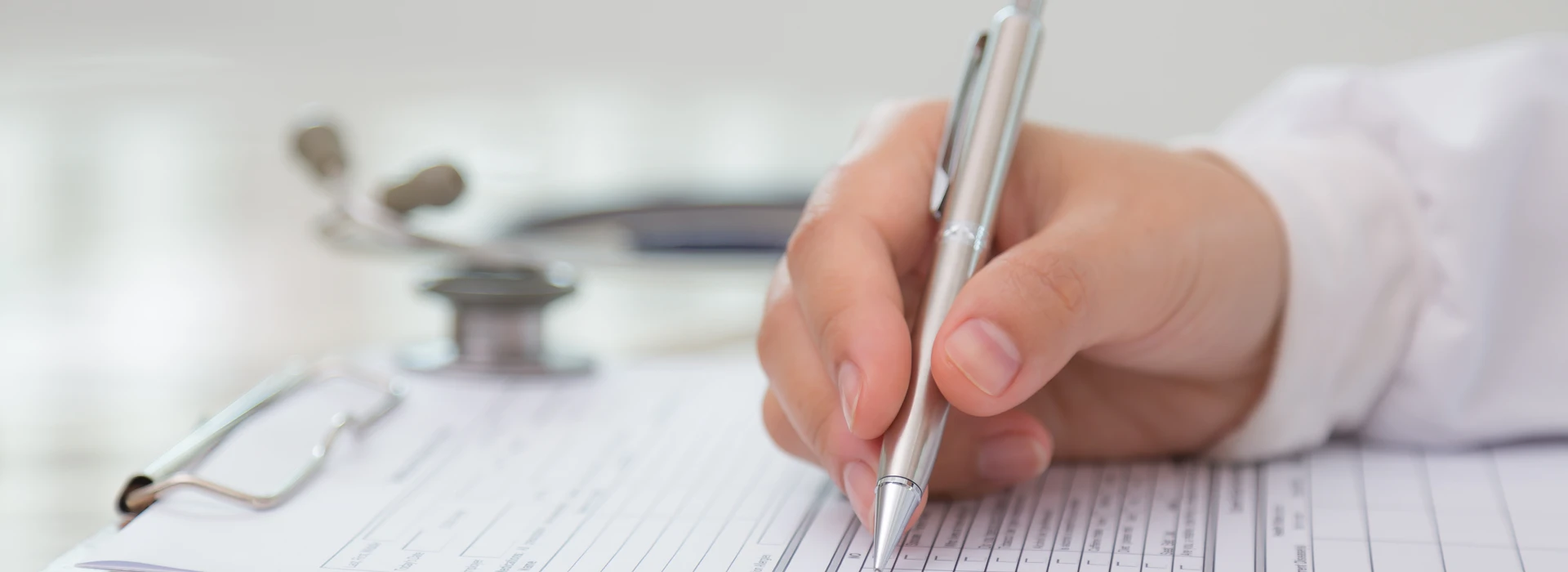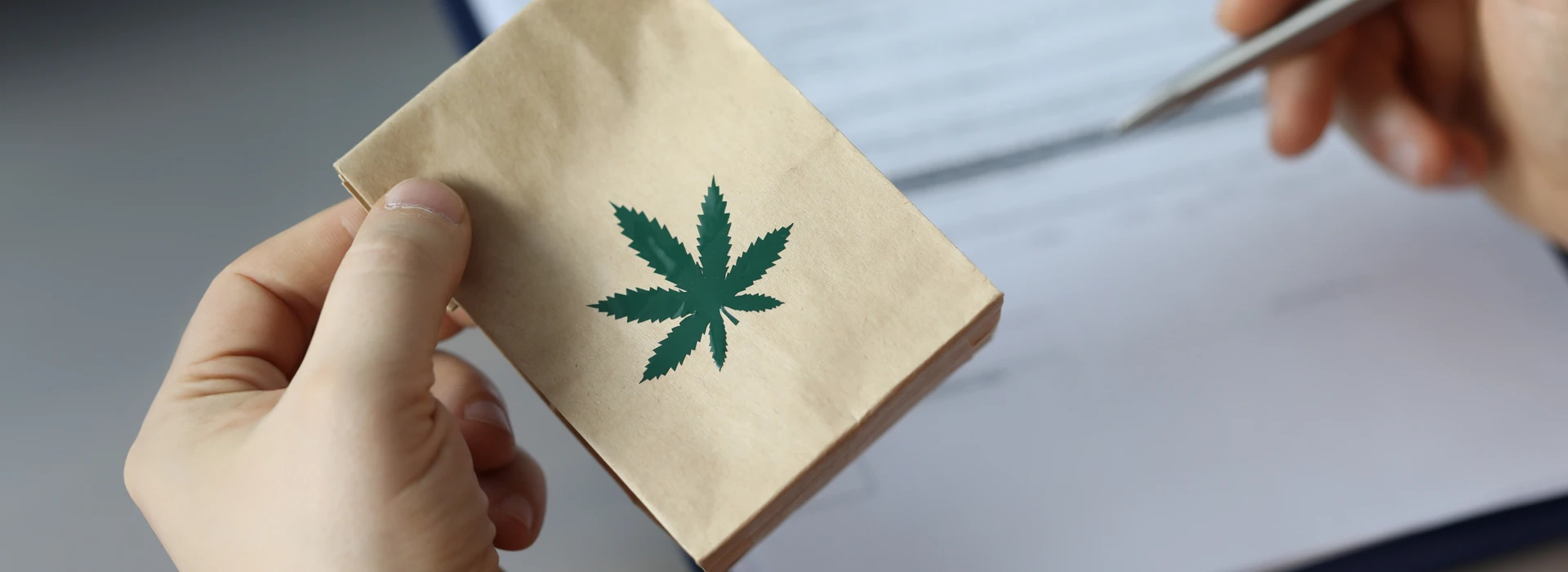
Dra. Emma Collins
Clinical Psychiatrist & Medical Detox Specialist
Opioid addiction recovery programs support individuals who are working to stop opioid use and improve their health. These programs combine medical treatment and therapeutic care to address both physical dependence and the effects of long-term use.
Recovery involves different stages and services depending on each person’s needs. In this blog, we’ll look at how these programs work and what can help someone begin and stay committed to recovery.
Understanding Opioid Addiction
Opioid addiction, also known as opioid use disorder, is a medical condition that affects brain function and behavior. It develops through repeated drug use and can lead to strong physical and psychological dependence.
Signs and Symptoms of Opioid Addiction
You may notice changes in both your physical health and behavior if you are struggling with opioid addiction. Common signs include drowsiness, slowed breathing, and frequent flu-like symptoms without cause. You might also begin taking larger doses to achieve the same effect or find it difficult to stop even when you want to.
Other symptoms include mood swings, isolation from others, and neglect of responsibilities at home or work. Cravings and withdrawal symptoms between uses are also key signs of addiction.
What Causes Opioid Addiction?
Opioid addiction can develop for different reasons, often beginning with prescribed medication for pain. Some individuals become dependent after extended use, while others may misuse opioids for their euphoric effects.
Genetic factors, a personal or family history of addiction, and co-occurring mental health conditions such as anxiety or depression may also increase the risk. Social environment, stress, and early exposure to substance use can influence the likelihood of developing an addiction as well.
Negative Effects of Opioid Abuse
Opioid abuse can harm nearly every part of your health and daily life. Physically, it may lead to chronic constipation, nausea, slowed heart rate, and respiratory depression, which can become life-threatening. Long-term use may also affect brain function, impairing memory, decision-making, and emotional regulation.
An overdose is a serious risk and can cause permanent damage or death. Beyond the physical impact, opioid abuse can strain relationships, lead to job loss, and increase legal or financial problems. You may also experience worsening mental health symptoms, including depression, anxiety, and suicidal thoughts, especially if use continues without substance abuse treatment.

What are the Types of Opioid Addiction Recovery Programs?
Opioid addiction recovery programs provide different levels of care depending on your needs. Each option offers a specific approach to help you stop using and manage long-term recovery.
Medical Detoxification
Medical detox helps you safely stop opioid use under supervision. During this process, doctors monitor withdrawal symptoms and provide medications to reduce discomfort and prevent complications. Detox is often the first step before entering further treatment.
This stage is critical because opioid withdrawal can cause severe symptoms such as muscle aches, anxiety, insomnia, and gastrointestinal distress. With medical care, you are less likely to experience serious health risks and more likely to complete the withdrawal process safely.
Inpatient Opioid Rehab
Inpatient rehab provides 24-hour care in a residential setting. You stay at the facility and receive medical attention, therapy, and support throughout the day. This setting offers stability during early recovery when cravings and emotional symptoms are most intense.
Opioid rehab also removes access to opioids, giving you a safer environment to begin recovery. Daily routines, individual therapy, and peer support sessions help reinforce healthy habits and address the underlying causes of opioid use.
Outpatient Treatment Program
Outpatient treatment allows you to continue living at home while attending scheduled therapy sessions. It includes individual counseling, group therapy, and sometimes medication. This option may suit you if your symptoms are moderate and you have a strong support system.
Outpatient programs vary in intensity, ranging from a few hours per week to daily sessions. You can apply skills learned in therapy directly to real-life situations, which can help maintain progress outside of a treatment setting for opioid use.
Medication-Assisted Treatment (MAT)
Medication-assisted treatment combines medication with behavioral therapies. It uses FDA-approved medications such as methadone, buprenorphine, or naltrexone to help reduce cravings and prevent relapse. Therapy addresses underlying emotional and behavioral issues alongside medical treatment.
This approach is especially effective for long-term maintenance and relapse prevention. Regular check-ins with healthcare providers ensure that medications are working properly and allow adjustments when necessary. MAT is widely recognized for improving treatment retention and reducing the risk of overdose.
In a study of 310 individuals with opioid use disorder, those who received medication-assisted treatment (MAT) with methadone, combined with behavioral therapy, demonstrated significantly better retention in treatment, reduced opioid cravings, and lower relapse rates compared to those who received only behavioral therapy.
Therapeutic Communities (TCs)
Therapeutic communities are long-term residential programs where you live in a group setting with others in recovery. These communities emphasize peer support, accountability, and behavior change over several months. Staff guide you through a structured daily routine, including therapy, education, and skill-building.
The environment is designed to support personal growth and positive social interaction. You may also take on responsibilities within the community, which can help rebuild confidence, discipline, and a sense of connection during treatment for opioid use disorder.
Holistic and Alternative Therapy Programs
Holistic programs offer non-medical therapies to support overall well-being. You may take part in activities such as yoga, meditation, art therapy, and acupuncture. These therapies work alongside traditional methods to help manage stress and support physical and emotional healing.
Holistic approaches aim to improve your sleep, mood, and energy levels, which can support long-term recovery. Some programs also include nutrition counseling and exercise, helping your body and mind recover together more completely.

How Effective are Opioid Addiction Treatment Programs?
Treatment of opioid addiction can be highly effective when it includes medical care, behavioral therapies, and consistent follow-up. Success often depends on early engagement, ongoing participation, and access to the right combination of treatment options.
Programs that offer medication-assisted treatment, such as methadone or buprenorphine, are shown to improve treatment retention and reduce the risk of relapse and overdose. Behavioral therapies help you understand the thoughts and actions linked to drug use, which supports long-term change.
Support from trained professionals, regular monitoring, and involvement in aftercare services also contribute to better outcomes. While not every person responds in the same way, many individuals achieve lasting improvement through evidence-based care and long-term treatment.
What to Expect in an Opioid Rehab Program?
Opioid rehab programs offer medical and psychological care to help you stop using opioids and rebuild your health in a safe setting.
Assessment and Personalized Treatment Plan
Your rehab journey begins with a full medical and psychological assessment. This helps the clinical team understand your opioid use history, physical health, mental health conditions, and any specific risks or needs.
Based on this information, a plan is created to guide your care. It outlines the therapies, medications, and support services recommended for your recovery. The plan may change over time based on your progress and how you respond to the treatment.
Individual and Group Therapy
In individual sessions, you work with a licensed professional to explore the reasons behind your substance use, build coping strategies, and set recovery goals, while group sessions bring you together with others who are also working through addiction.
These sessions offer shared insight, connection, and peer support. Both formats help you understand behavior patterns and apply behavioral tools that support long-term recovery.
Family Involvement in Recovery
Family support can play a key role in your recovery. Rehab programs often include family therapy or education sessions to help loved ones understand addiction and learn how to support you. These sessions address communication, boundaries, and the impact of opioid use on family relationships.
When family members are involved in care, it can strengthen trust and improve outcomes. Involving your support system also helps reduce the chance of relapse after treatment for opioid use.

Aftercare and Long-term Support
After completing an opioid addiction recovery program, continued care is important to help you stay in recovery and avoid relapse. Aftercare includes services such as therapy, check-ins with healthcare providers, and access to peer support groups.
These services reinforce what you learned in treatment and help manage challenges after discharge. You may also receive support with employment, housing, or mental health care. Ongoing services improve your ability to maintain progress and reduce the risk of returning to problematic substance use.
Get Personalized Treatment for Opioid Addiction at Twilight Recovery
Twilight Recovery offers care that understands the challenges of opioid addiction. With medical support and daily guidance, we help you take steps toward change in a setting that’s safe and consistent.
Our team is here to walk with you through each part of treatment, using methods that are based on experience and care.
Frequently Asked Questions
What is the First Step in Treating Opioid Addiction?
The first step is a medical assessment to understand your health, substance use, and treatment needs. This helps guide the safest and most effective approach to care.
What are the Risks Associated With Opioid Overdose?
Opioid overdose can cause slow breathing, unconsciousness, brain damage, or death. The risk increases with high doses, mixed substances, or a return to use after a period of abstinence.
How Long Does an Opioid Treatment Program Usually Take?
Treatment length varies, but programs usually last from 30 days to several months. Long-term recovery is more likely with continued care and aftercare support beyond initial treatment.
What Medications are Used in Opioid Addiction Treatment?
Medications like methadone, buprenorphine, and naltrexone help reduce cravings, ease withdrawal, and lower relapse risk. These are used alongside therapy for better treatment outcomes.
What Role Does Therapy Play in Opioid Addiction Treatment?
Therapy helps you understand patterns that lead to opioid use. It also builds coping skills, supports behavior change, and addresses emotional and psychological challenges tied to addiction.
How Do You Know Which Opioid Addiction Recovery Program is Right For You?
The right program depends on your health, substance use severity, support system, and daily responsibilities. A clinical assessment can guide you toward the most suitable level of care.







